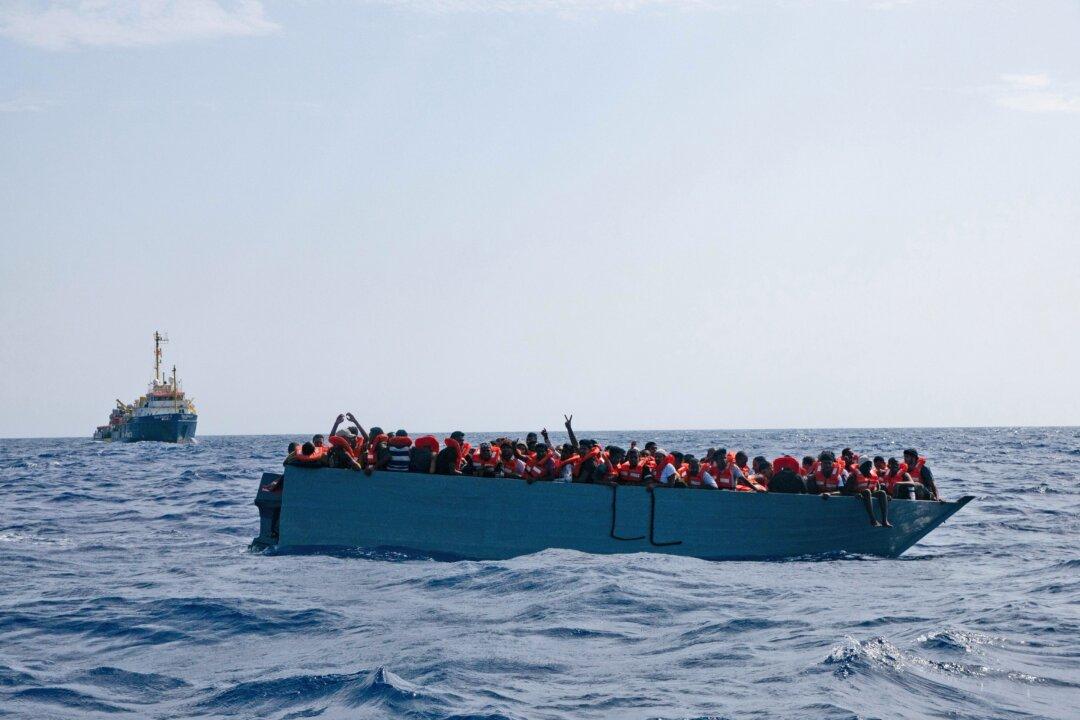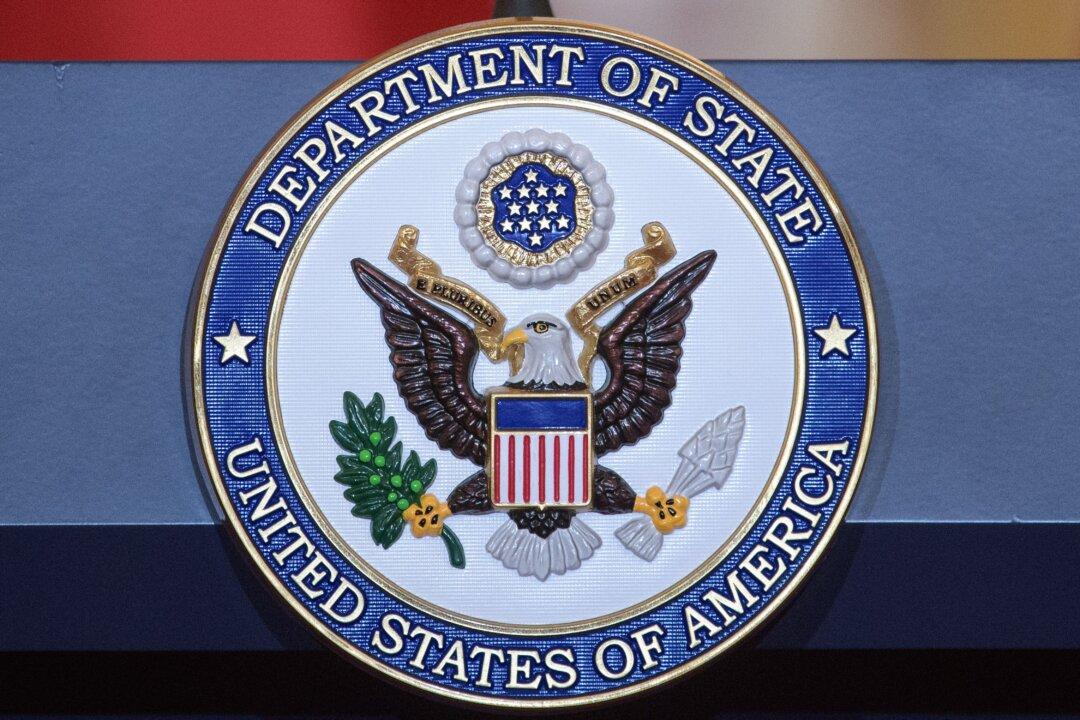A physician who fled communist Yugoslavia saw the COVID-19 pandemic “through two eyes.” On the one hand, she perceived it from a doctor’s perspective; on the other hand, she looked at it through the eyes of someone who grew up under communism.
Dr. Kat Lindley, a family physician and president of the Texas branch of the American Academy of Physicians and Surgeons, grew up in former communist Yugoslavia and lived there until she was 18 years old.






